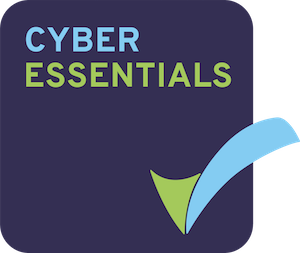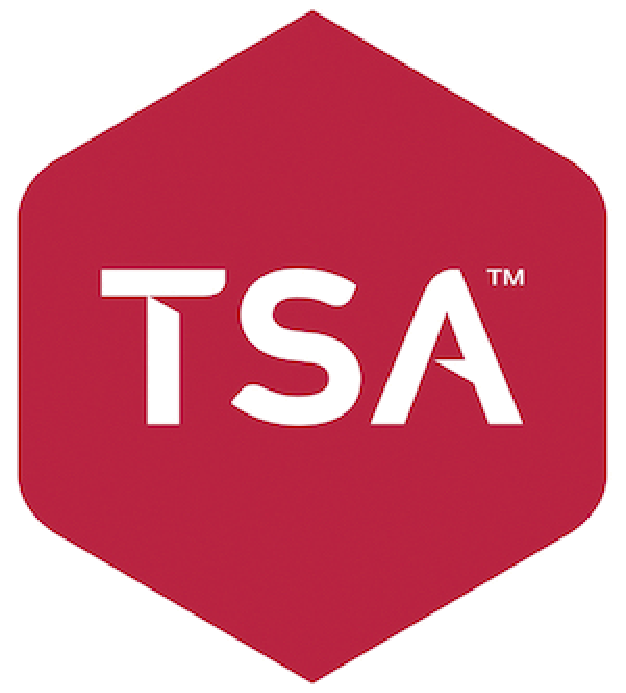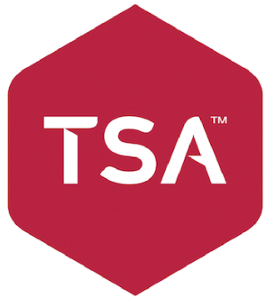When it comes to health and safety at work, discussions are often full of jargon. The word ‘hazard’ is used frequently, but its precise meaning isn’t always clear. Lots of people use this term interchangeably with “danger” or “risk”, but this isn’t always helpful, especially when we need to be very specific, e.g. when writing or understanding a health and safety policy. So what exactly is a hazard? And what constitutes a hazard in the workplace?
What is a Hazard?
In short, a hazard is anything that has the potential to cause harm. This could include harm to a person, to the environment, or to an organisation itself.
A hazard could be an object, a substance, a behaviour, or a certain condition of the workplace such as a wet floor.
Lone workers often face specific hazards that other employees don’t need to consider. These include road-related hazards for logistics and transport workers, biological hazards for those who work in laboratories and hospitals, and weather hazards for outdoor workers.
What Constitutes a Hazard in the Workplace?
Identifying hazards is a crucial step in any risk assessment – knowing the specific hazards your workers face will put you in the best position to protect them at work.
Hazards in the workplace generally fall into one of the following categories:
- Objects – heavy machinery, sharp objects, etc.
- Substances – bacteria, chemicals, etc.
- Materials – asbestos, lead, etc.
- Energy sources – electricity, radiation, etc.
- Processes – welding, repetitive movements, etc.
- Conditions – wet floors, poor lighting, etc.
- Practices – working at height, manual handling, etc.
- Behaviours – deviation from safe practices, failure to use PPE, etc.
For specific examples, you can read our articles on workshop and construction hazards.
Identifying Hazards in the Workplace
As we’ve already mentioned, identifying hazards in the workplace is vital in order to protect employees, especially lone workers. Start with a thorough inspection of the workplace to identify visible hazards. In addition, ask the workers themselves about the hazards they face. Finally, consult your records and look for previous incidents including injury and ill-health – these will often indicate the most prominent hazards in your workplace.
Managing Workplace Hazards
After identifying a hazard, you should then try to eliminate it entirely if possible. If not, it’s important to put robust measures in place to minimise the risk to workers, visitors, and members of the public.
Consider how likely each hazard is to cause harm. If a particular process is very likely to cause injury, it should be eliminated if possible. Failing this, thorough and detailed safety precautions must be introduced to protect workers from harm.
A Simple Solution
Unfortunately, it isn’t always possible to eliminate every single hazard in the workplace. However, there is a way to ensure that workers can always call for help in an emergency – even when they work alone or in loud, busy environments. Lone Alarms give every worker a lifeline, no matter where and when they work.
One touch of the SOS button will raise an instant alert in our 24/7 monitoring centre. A member of our team will speak to the worker via the alarm’s built-in speakerphone to assess the situation, before taking the appropriate action. This could involve calling colleagues, contacting head office, or telephoning the emergency services to attend the scene. Each alarm features a GPS locator, which can be turned on and off depending on your preference, so mobile workers can be protected too.
To find out more about Lone Alarms or place an order, call our friendly team today on 0800 03 08 222.
Editor’s Note: This article was updated on 20th March 2024 to reflect current information.












